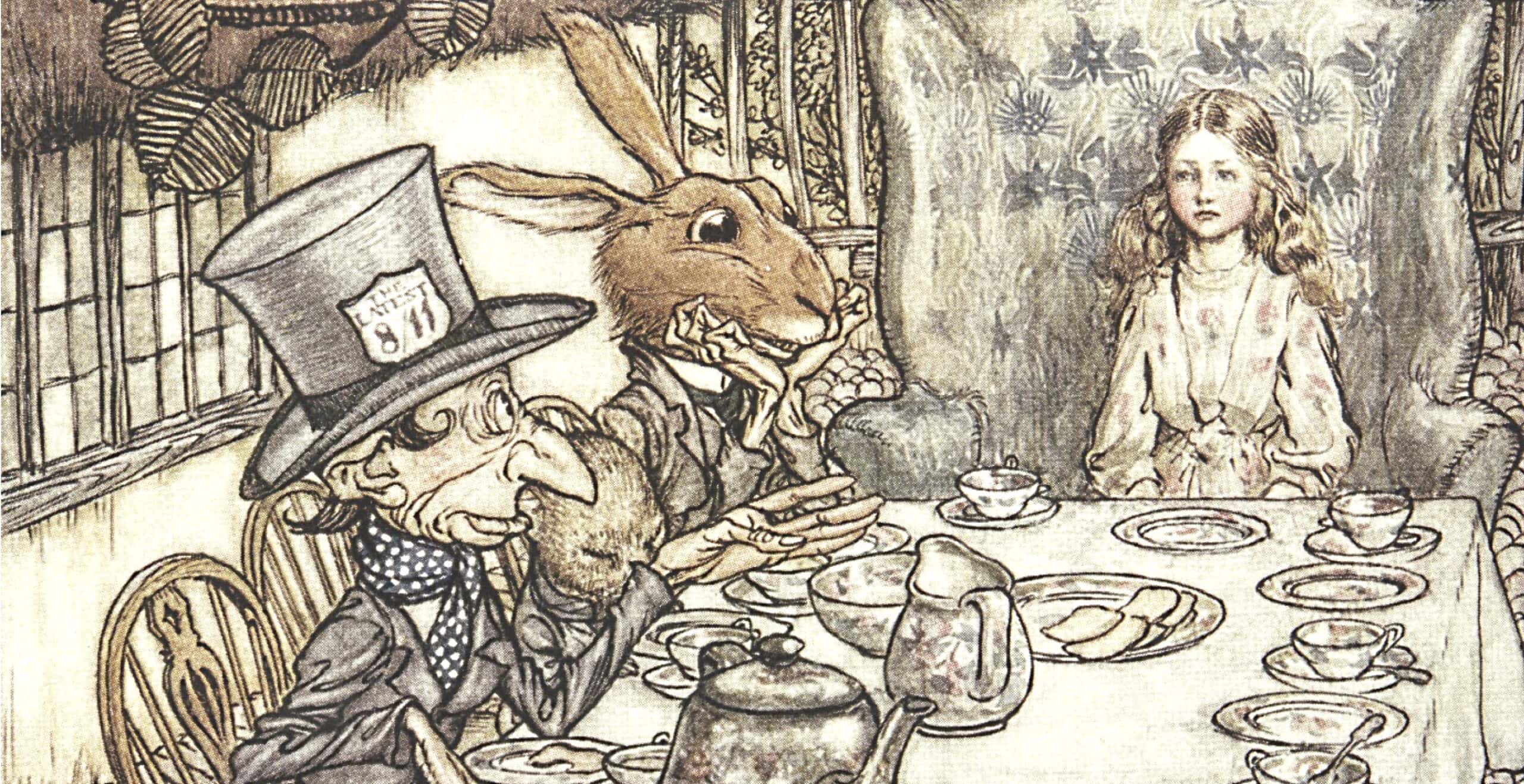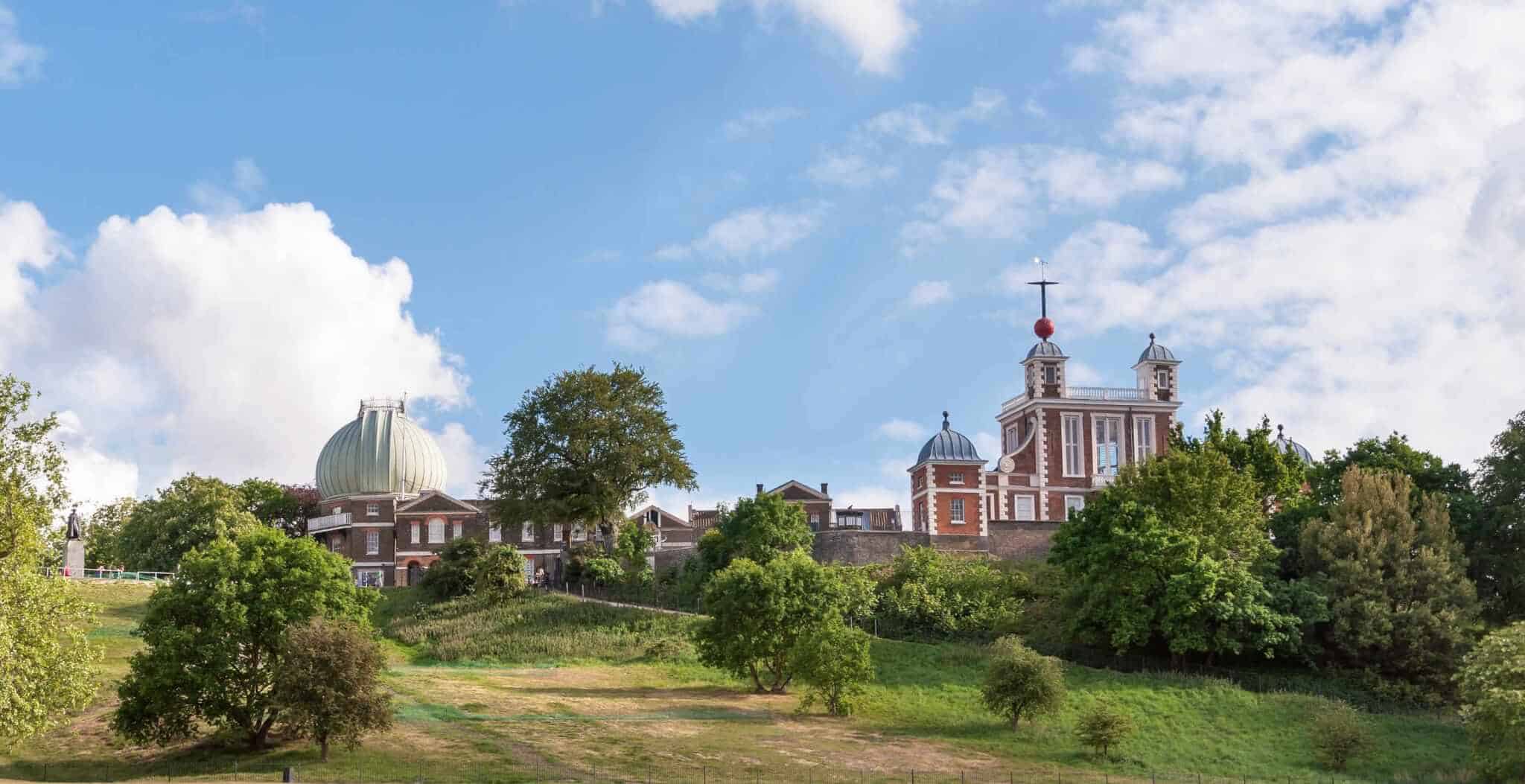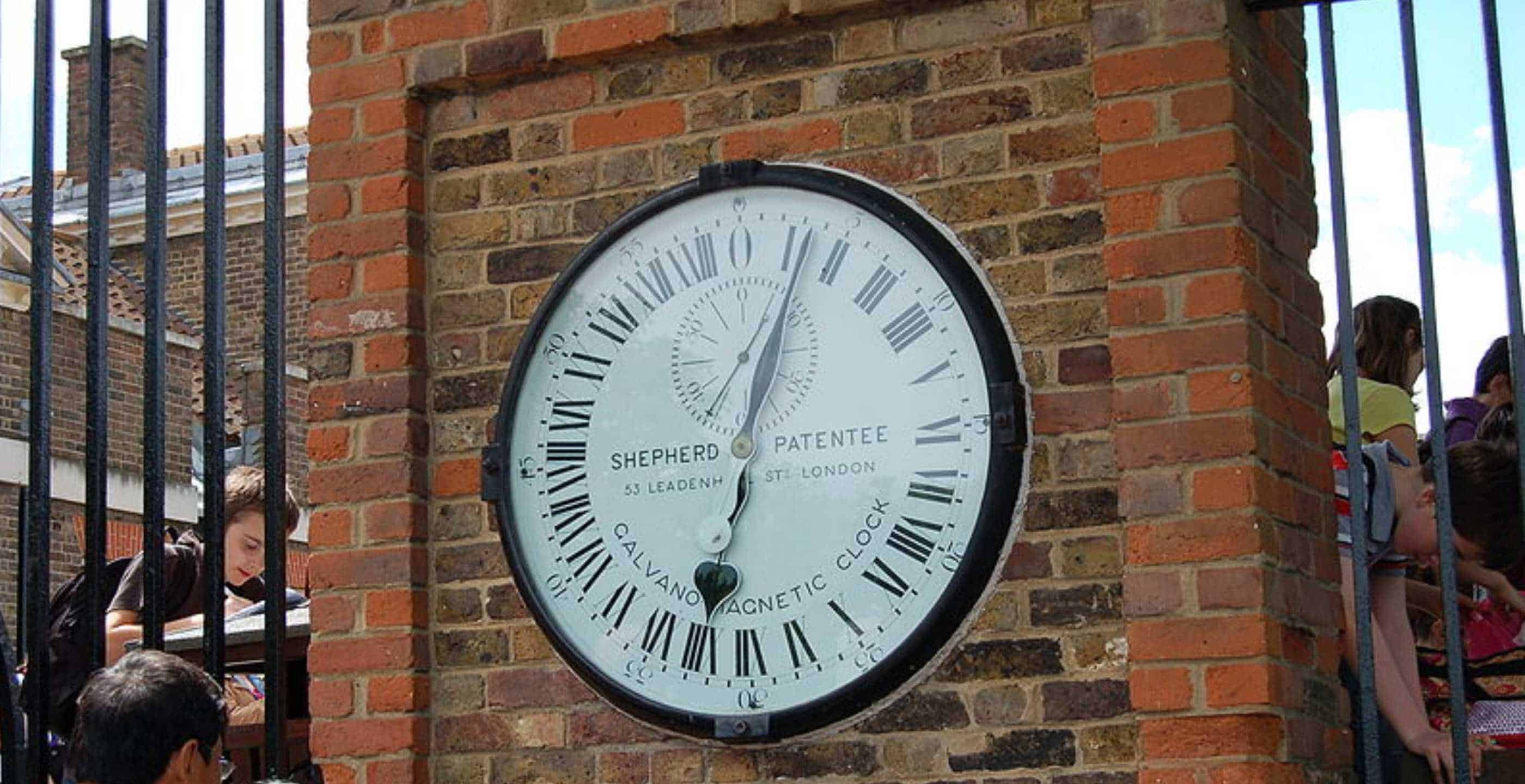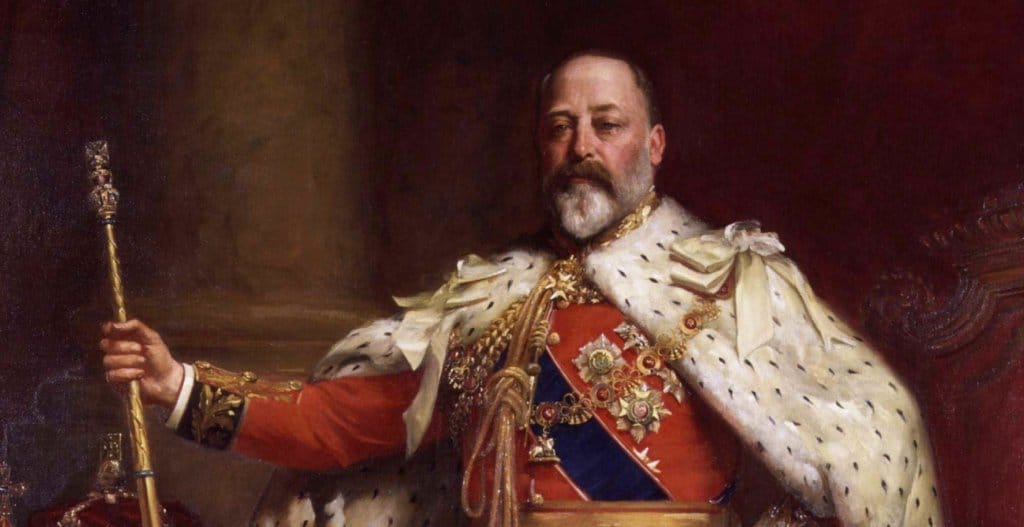Time, as the Hatter in Lewis Carroll’s Alice in Wonderland knew, is relative. He claimed he was on such good terms with Time that he could live at any time he wanted. To the Hatter, “Time” was a person, not a concept. Despite working in a trade that was notorious for making people ill due to the mercury involved, perhaps the Hatter was not so mad after all, since time worked for him, not the other way round. As a genuine eccentric, he would probably also have enjoyed a curious time tradition that continues to the present day. That is, the sounding of a siren at precisely 1pm every day in the city of Sheffield in Yorkshire.
The Hatter’s time reflected the reality of time prior to the arrival of clocks and railways. Time was governed by the movements of the sun, moon, and stars viewed from the perspective of earth, and used according to the seasons in temperate climates such as Britain and Europe. When it came to work practices, as long as the work was done, there was no reason it couldn’t be time for dinner or tea if the worker felt hungry.
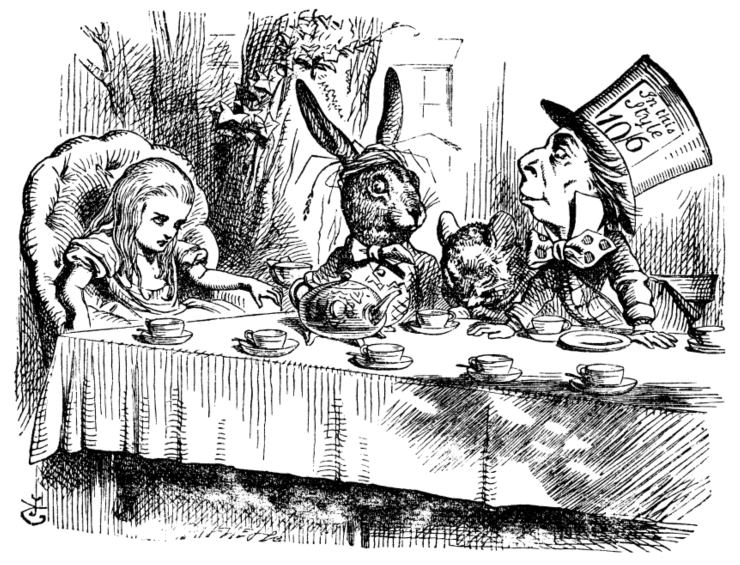
Alice, however, could see drawbacks in the Hatter’s flexible system. Suddenly calling it one-thirty and time for dinner when one was not really hungry, for instance. Considering that it was always four o’clock and teatime created great inconveniences, such as the fact that the plates and cups were never washed. That’s because in Alice’s real world, Time, including the time at which people ate, was now governed by clocks.
Modern concepts of time began with the invention of mechanical clocks that kept to a particular movement which measured minutes and hours. There had previously been many ways to measure time and its effects over a day, or a season, or a year, from the water clocks and Nilometers of the ancient Egyptians, to sand-timers and sun dials. All these were still relative to locations or individual needs. A sand-filled egg timer didn’t have to measure an arbitrary three minutes, not if the person using it liked a four-minute egg. What was a minute, anyway? Simply a way of breaking up time into regular portions. Noon on the east coast of Britain was not identical to noon on the west coast of Ireland. In a sense, people owned their own time.

Nonetheless, prior to mechanical clocks, people did have time systems that worked, frequently governed by ringing bells in churches or the sound of pack horse bells, or bellmen. Towns and cities often fired a noon-day gun. Mechanical clocks and local time systems continued to live side-by-side in harmony for centuries, clocks being as much a status symbol as a practical item in some homes. Their tick was either companionable, or a rather more sinister warning to make the most of time, as a watch inscription reveals:
How swift the moments fly,
The seconds tick your life away,
Prepare, prepare to die!”
The development of steam-powered railways in Britain changed all that. Previously, the postal riders and horse-drawn mail coaches had kept remarkably good time, but due to the unpredictability of horses, humans, roads, and weather, delays were an accepted part of the service. Only with the expansion of railways using steam trains in Britain did “keeping time” become a national, and then an international, obsession. Time needed to get in line, stop mucking about with teapots, hatters, and hares, and co-ordinate itself.
Time had literally fallen into line, though not without some wrangling, mainly between England, France, and the USA over whose capital city should provide the location for a prime meridian. This line would be set at 0 degrees, distinguishing between east and west. At the time, a prime meridian was more important for navigation without landmarks, either at sea or desert areas. Closely tied into the nationalism, imperialism, colonialism, and other “isms” of the day, eventually one standard prevailed, that of the Greenwich Time Meridian.
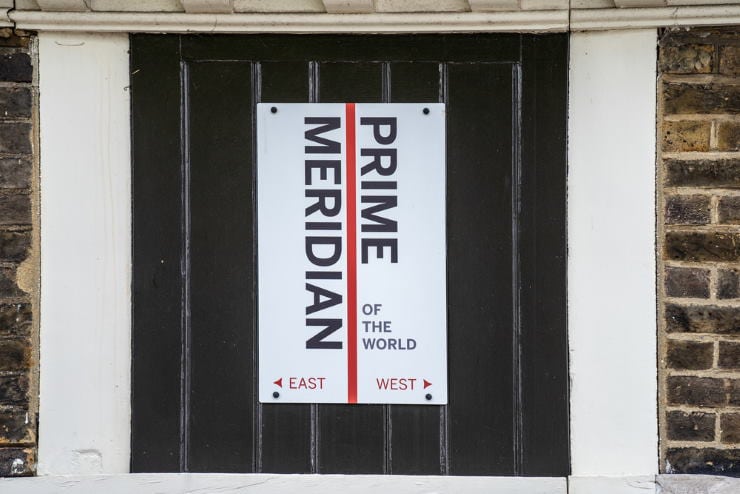
The clock-loving railwaymen cheered; the hard-pressed workers, now subject to Time’s tyranny and the factory system, groaned. Work would become a process of “clocking-in” and “clocking-out”. And in Sheffield, not far from York, the spiritual home of the modern railway network, one enterprising jeweller installed a time-related gadget that became a quirky feature of this important northern city.
In 1874, Harris Leon Brown placed a ball on a flagpole outside his shop premises in Angel Street. Calling it the “Greenwich time ball”, Brown ensured that it dropped on the dot of 1pm GMT (Greenwich Mean Time) every day. It was operated by an electric current. The telegraph, the railways, and the Greenwich meridian colluded to ensure that no dormouse would ever again have an excuse to pretend life was one long tea party. However, Brown’s installation still had a food connection. It was a great way to announce to Sheffield’s steel and other workers that it was time to get back to work after their lunch, or as it would more likely be known in those days, dinner.
While that probably had Sheffield’s capitalists rubbing their hands and ordering another stove-pipe hat, that wasn’t the main reason Brown had installed it. The ball was the perfect way to check that the timepieces he sold were keeping accurate time.
Unfortunately, for an item whose purpose was essentially to provide a reliable service, the Greenwich time ball didn’t always work properly. This was due to the effect of the weather on the electric current. Some days the ball simply didn’t drop, and perhaps Sheffield’s steel workers took advantage on those days to have an after-dinner snooze. The bosses stamped on their stove-pipe hats and bit their cigars in two.
In 1876 Harris made an agreement with the government to provide the correct time in his shop through a direct wire link to the Royal Observatory at Greenwich. The time ball was now outside his shop door, not on the flagpole, and it faithfully dropped to an accuracy of one-sixtieth of a second every day, and no doubt provided a great deal of entertainment for visitors.
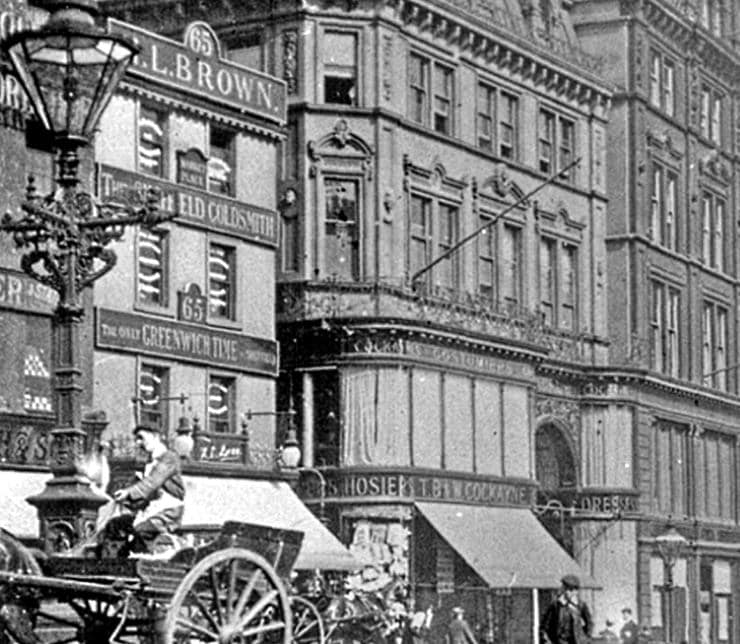
When he moved to other premises in Market Place, Brown took his idea with him. His upgraded version consisted of a flashing signal and a bell in the window of the new shop. The flashing signal was a disc painted red which became visible at the magic hour of 1pm.
Brown clearly had an eye for the marketing potential of a link to the Greenwich time signal, and was prepared to pay for the rights to such a link. He claimed to be the only jeweller to be providing this service in Britain, and this was more than a hollow boast; the north of England was a commercial powerhouse, and Brown’s installation was a reminder to those in commerce and industry of the value of keeping time.
The concept remained wherever Brown’s shop was located, and after the Second World War, the signal became a siren. It’s this sound that is still heard every day in the street outside Browns the Jewellers, while a little plaque on the outside of the building next to the siren reveals “One o’clock time signal”.
It’s not simply a curiosity, a quaint reminder of one determined jeweller’s smart business idea. In recent years, the siren was shifted to two o’ clock one day to support a rally for migrants held in Sheffield. Thus, Sheffield’s time siren drew attention to contemporary concerns and the fact that the success of northern industry and commerce has always been based on the movement of people and labour.
Dr Miriam Bibby is a historian, Egyptologist and archaeologist with a special interest in equine history. Miriam has worked as a museum curator, university academic, editor and heritage management consultant.
Published 20th June 2023
